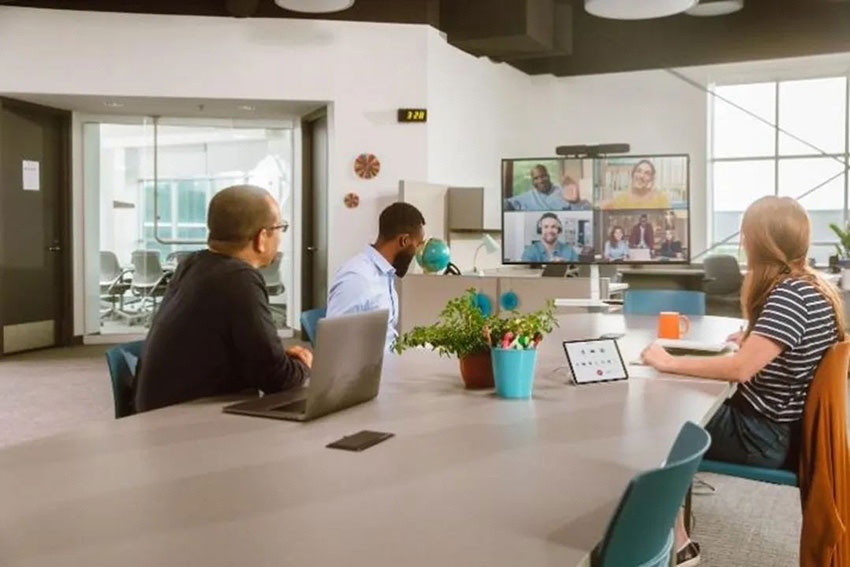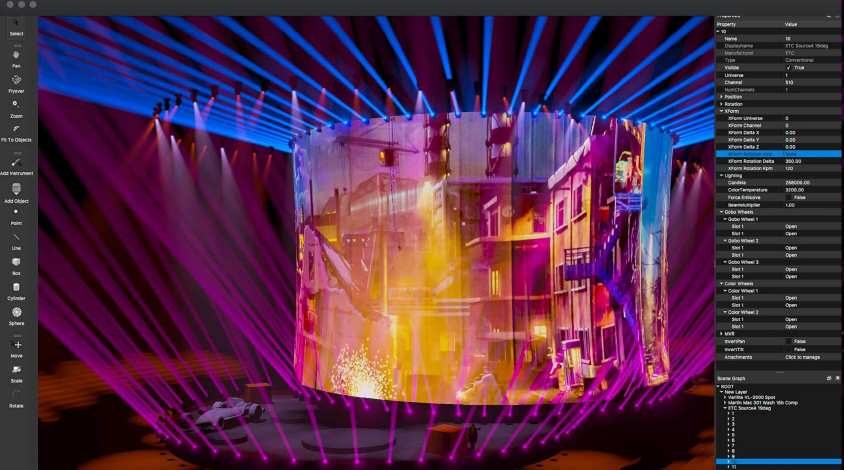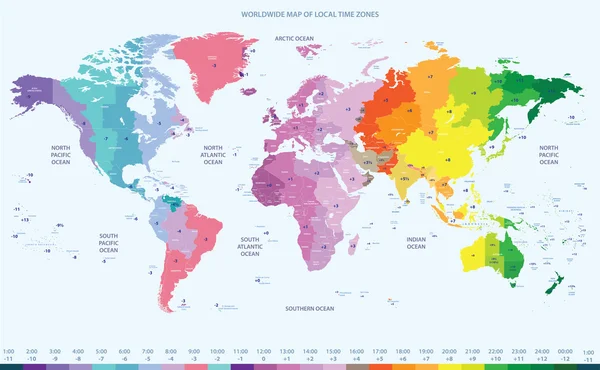As the entertainment and event industries become increasingly global, lighting designers are no longer confined by geography. A single show may be conceived in Los Angeles, visualized in Berlin, programmed in Shanghai, and executed in Dubai. To make this workflow seamless, cloud collaboration tools have emerged as critical infrastructure for creative synchronization across time zones.

The New Normal: Global Teams, Continuous Workflows
Lighting design projects — especially for touring shows, themed entertainment, or multi-venue installations — often involve contributors from multiple continents. This distributed model allows teams to:
Work continuously as the clock turns: when one region sleeps, another works
Leverage localized expertise (e.g., cultural context, venue specs)
Share resources without duplicating labor or files
However, without cloud-enabled collaboration, these potential advantages can quickly turn into version conflicts, lost edits, and misaligned schedules.
Key Challenges in Time-Zone Collaboration
| Challenge | Solution via Cloud Platforms |
|---|---|
| File version mismatches | Real-time sync through shared folders or repositories |
| Communication delay | Asynchronous updates via notes/comments on platforms |
| Inconsistent lighting libraries | Centralized patch and preset management |
| Remote visualization alignment | Shared 3D render spaces or cue review tools |
Core Cloud Tools for Lighting Designers
Modern lighting professionals now use a mix of industry and general-purpose tools to collaborate across distances.
1. Shared File Repositories
Platforms like Google Drive, Dropbox, or OneDrive allow teams to:
Share grandMA2/3, Avolites, or ETC showfiles
Maintain synchronized fixture lists and patch sheets
Store video renders, plots, cue lists, and documentation
2. Cloud-Based Visualization
Software like Capture, Depence², and Vectorworks Vision offer:
Upload-ready environments for remote cue building
Shared rendering and documentation spaces
Consistency for collaborators in different regions

3. Cue and Timeline Sync
For timecoded shows, sharing .csv cue sheets or using integrated timecode viewers allows:
Designers in different zones to build cue stacks incrementally
Producers to review and comment via annotated screenshots or videos
4. Task and Version Management
Tools such as Trello, Notion, Asana, or Frame.io enable:
Assigning tasks to team members based on time windows
Keeping track of changes and linking them to visual references
Discussing programming notes or look decisions asynchronously
Best Practices for Cross-Time-Zone Collaboration
Define overlapping hours: Even 1–2 hours of live collaboration per day can resolve major issues.
Use clear version naming: Adopt structures like
ShowName_LD1_v2025-06-12to avoid overwrite errors.Share lookbooks or visual guides: Static renderings help bridge interpretation gaps across language/culture.
Always leave notes: Whether inside MA showfiles or on cloud tasks, clarity avoids hours of confusion.
Real-World Application: Touring Show Example
A European designer builds the initial look in Capture, uploads to Dropbox. An Asian programmer receives the project, adds cues overnight. The American technical director logs in the next morning, uploads the updated file to the lighting console for rehearsal.
This rolling cycle, powered by cloud tools, saves both travel costs and rehearsal time.
Future Developments in Cloud Lighting Collaboration
The next evolution of cloud collaboration for lighting may include:
Real-time shared programming sessions in a browser (like Google Docs for MA2/MA3 showfiles)
Integrated chat layers on lighting visualization platforms
AI-based cue matching suggestions across multiple scenes or shows
Unified cloud consoles — platform-agnostic show files programmable from anywhere
As infrastructure improves, geography will matter even less in creative lighting work.
Conclusion
Cloud collaboration is no longer a luxury for lighting professionals — it is the key to surviving and thriving in a globally distributed, time-sensitive industry. With the right platforms, clear communication, and structured workflows, lighting teams can deliver consistent, innovative work from anywhere in the world.

READ MORE:





Blue Sea Lighting is an enterprise with rich experience in the integration of industry and trade in stage lighting and stage special effects related equipment. Its products include moving head lights, par lights, wall washer lights, logo gobo projector lights, power distributor, stage effects such as electronic fireworks machines, snow machines, smoke bubble machines, and related accessories such as light clamps.
Quick Links
For more questions subscribe to our email








